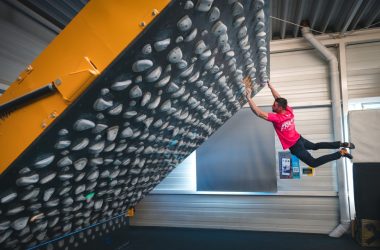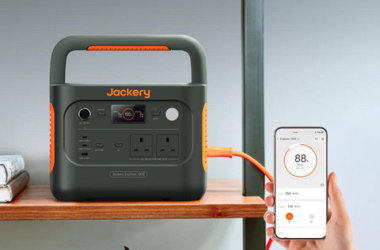Moving a piano isn’t just heavy lifting—it’s precision logistics. A single misstep can lead to finish damage, soundboard stress, or even structural cracks that are costly to fix. Here are nine common mistakes people make when moving a piano and how to avoid them.
1. Underestimating the piano’s center of gravity
Pianos aren’t uniformly heavy; their weight is distributed unevenly. Uprights are top-heavy and can tip unexpectedly, while grands have long, vulnerable rims and delicate legs. Treating a piano like standard furniture invites disaster.
How to avoid it: Learn the balance points and tilt angles for your specific type, and always maintain three points of control. Use a skid board for grands and keep loads low and stable on level ground
2. Skipping a pre-move survey
Doorways, stairwells, elevators, and tight turns can ambush even experienced crews if they’re not measured first. Many scrapes and drops happen because the path wasn’t planned.
How to avoid it: Measure every pinch point (height, width, diagonal turns), confirm elevator capacities and booking rules, and stage padding at corners and banisters. Create a simple step-by-step route plan and assign spotters for each hazard.
3. Wrapping directly with plastic
Plastic wrap applied directly to gloss or satin finishes can trap dust and grit, creating micro-scratches. If moisture is present, plastic can also imprint or cause hazing.
How to avoid it: Start with clean, dry microfiber sheets or non-abrasive soft cloths as a first layer, then add quilted moving pads. Use plastic only as an outer containment layer after soft padding is in place.
4. Using general-purpose dollies and straps
Improvised equipment leads to unstable loads and sudden slips. A standard furniture dolly can flex or roll unevenly under a piano’s weight distribution, and cheap straps can cut into wraps or fail under strain.
How to avoid it: Use a proper piano dolly (four-wheel, heavy-duty), a grand skid board with webbing, and ratchet straps designed for higher working loads. Inspect all gear for cleanliness so dirt doesn’t transfer to wraps.
5. Failing to immobilize moving parts
Unsecured lids, fallboards, benches, and music desks can swing or slide, scratching the case—or worse, pinching fingers.
How to avoid it: Close and strap the lid and fallboard, remove and wrap the music desk if necessary, and never ride the bench on the same dolly as the piano. On grands, remove legs and the pedal lyre and wrap each component separately, labeling hardware bags for clean reassembly.
6. Improper lifting technique
Lifting by the legs, rim edges, or delicate trim is a recipe for cracks and finish chips. Even short lifts can fatigue handlers and lead to slips.
How to avoid it: Lift from structural points with hands beneath solid supports, not cosmetic elements. Use team calls (“up,” “tilt,” “down”) and never pivot on a leg. Keep the load close to the body and move slowly.
7. Ignoring climate and surface conditions
Heat, cold, and humidity swings stress the finish and glue joints. Wet or gritty surfaces turn every step into sandpaper on wheels.
How to avoid it: Stage clean floor runners or Ram Board along the route, keep blankets dry, and avoid direct sunlight or rain exposure during load-in/out. At the destination, let the instrument acclimate to room conditions before unwrapping.
8. Poor truck loading and strapping
A well-wrapped piano can still arrive scuffed if it rubs against other cargo or vibrates excessively. Loose straps or hard contact points cause pressure marks and dents.
How to avoid it: Load the piano against a stable wall in the box truck with high-quality ratchet straps at multiple anchor points. Add extra pads between the case and any adjacent items, and check tension after the first few miles as straps may settle.
9. Rushing placement and post-move setup
Setting the piano near vents, exterior doors, or windows exposes it to temperature swings, UV light, and drafts. Reassembly shortcuts can misalign pedals or leave faint tool marks.
How to avoid it: Choose a location away from heat sources, direct sun, and fluctuating humidity. Reassemble methodically, remove wraps layer by layer to keep grit out, and schedule tuning after a 1–2 week acclimation period to reduce extra handling.
When in doubt, hire specialists. The cost of repairing a damaged finish, leg, or plate far exceeds the savings of a DIY move. Experienced crews bring the right equipment, protective materials, route planning, and climate-aware handling that prevent both cosmetic and structural harm. If you prefer a turnkey approach, consider working with professional piano movers—a small investment that safeguards your instrument’s look, value, and long-term performance.







